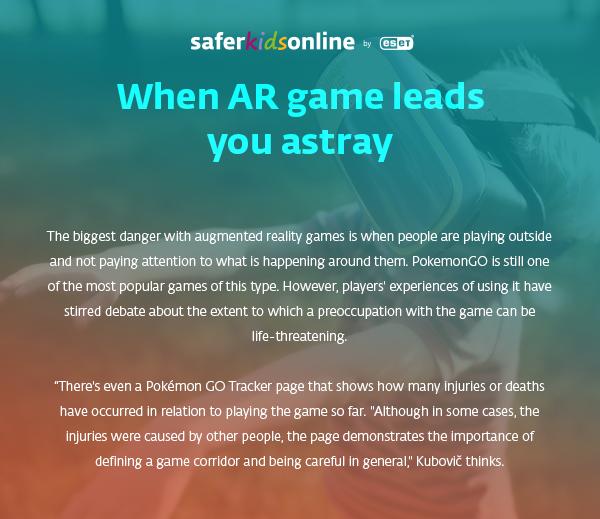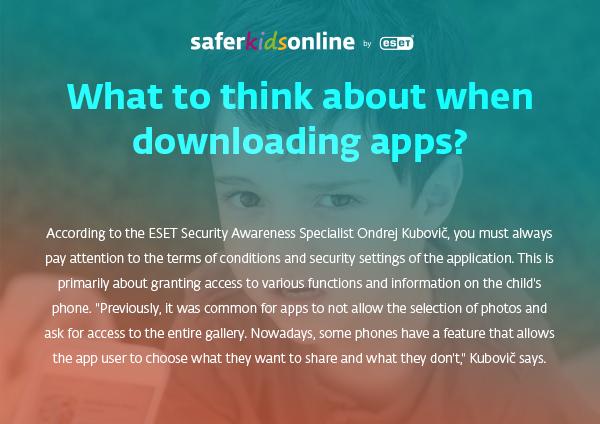What are the main benefits of augmented reality for kids?
1) Increased creativity and imagination
Augmented reality opens the door to fantasies. With AR, you can see what historic buildings looked like 100 years ago, or start drawing objects that you can't imagine in your head – as in the case of SketchAR. This app places virtual images on a paper, wall or canvas and then lets you trace the line of a hologram from your mobile phone or tablet. With the help of artificial intelligence, SketchAR becomes your assistant that helps to figure out how to draw a particular object. This later allows adolescents to bridge the period when they fail to represent things the way they want to.
Another example of the positive effects of augmented reality can be found in an app called Narrator AR. This application encourages children from 3 to 5 years to write words and letters with a pen and paper, and then it uses their writing to play with the words or letters in the AR environment, so the kids might see their words levitating in space, which is both fun and a tool for developing their handwriting.
2) Better learning and practice
The great thing about augmented reality is that you can practice your newly acquired skills and knowledge right away. Like with the Arloon Plant app, which let students explore interactive plants to learn about their structure and parts – and students can even watch a plant grow and move in an AR experience. Another app called Moon Phases AR uses 3D visual imagery of the Sun, Earth, and Moon, in order to practice identifying different phases of the moon and understand why these vary, based on location relative to the sun and the Earth – whether they are indoor or outdoor. These are good examples of how AR can reinforce knowledge and make learning more practical.
3) Social interaction
AR apps are often designated with the aim to get people out of their houses and then get intertwined with other users. Pokemon GO is a typical example of such app. It helps to bring together people with the same interest, to meet in person, not just online. The same applies to educational apps teaching children how to collaborate with fellow students and increase interactivity via new learning tools.
What risks are connected to AR?
1) Information overload
An uncontrolled usage of mobile devices can lead to stress, indecisiveness, and inaction. Even though the main purpose of AR is to enable quick action, using the real-time environment, the massive amount of information from different sources can result in signs of inattention, impulsivity, and poor short-term memory. Another risk lies in the assistance function that some applications may have. “If you don’t train your brain and do not need to remember much, you are slowly losing skills. This can happen with AR as well,” explains the ESET Security Awareness Specialist Ondrej Kubovič.
He also recommends that parents set a time that children can spend playing or trying AR and other apps. "For example, try to agree with your children that they will spend as much time playing games as they spend learning offline. Or that if the weather is nice, they can play in the evening; but, before that, they have to go outside." To learn more about this topic, read an article on parental control.
2) Negative effects on physical health
Because augmented reality technology is known to be addictive, as players remain captive to the game for numerous hours, there are some health issues to be addressed as well. According to Crysberry, the overuse of mobile devices increases the risk of developing issues with fine motor skills, and in turn handwriting skills, as a result of less exposure to traditional play activities, such as blocks, play dough, arts and crafts, and dressing dolls.

3) Privacy disruption
Crysberry also warns that AR apps must collect data due to the principles of how the technology works: “AR devices work by capturing and analyzing the real-world environment and then adding extra information over it. The data is gathered not only from the users of AR devices, but also from the people the devices observe through cameras. This can definitely affect people’s privacy.”





